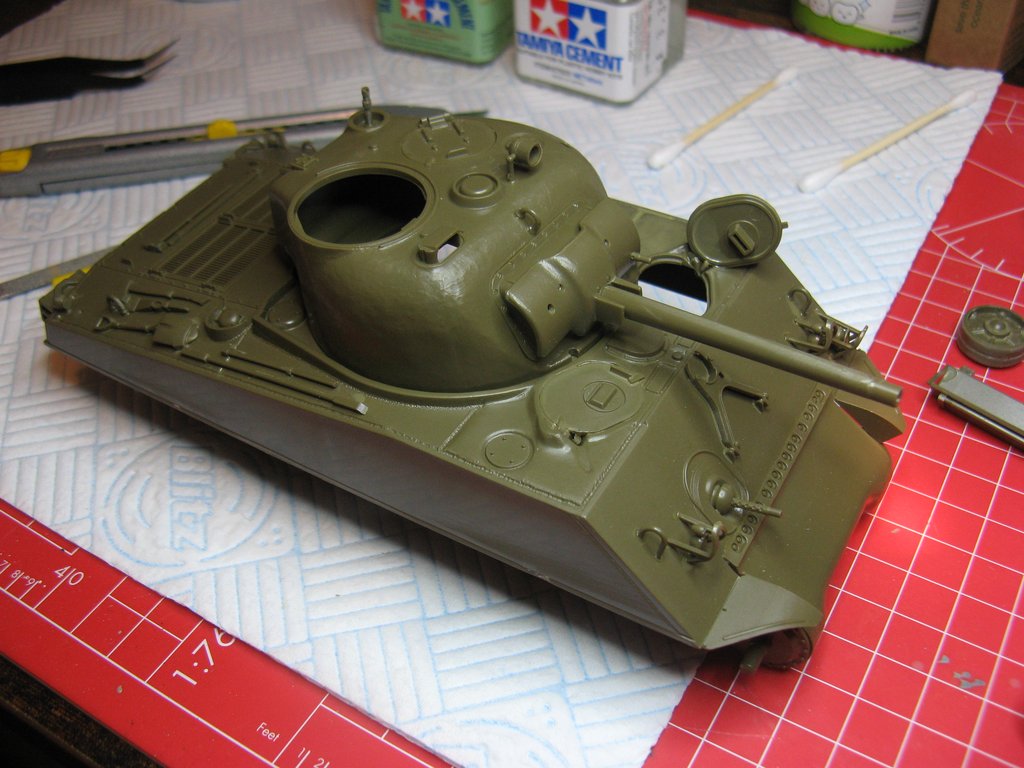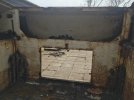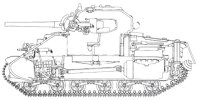A_J_Rimmer
SMF Supporter
Hi All,
Wanted a simple project I could force through the low mojo barrier and actually get finished, so I started this last week. The intention is to build it OOB, with the minimum of work, just to get it over the finish line. That being said however, I'm pretty new to large scale armour modelling, and I've certainly never painted 'real world' figures before, so it's still got it's challenges. I'm also pretty poor at weathering - lots of interesting stuff to learn.

Here's where I am thus far - the bottom and upper hull parts assembled, along with all the running gear. Not sure if I should assemble them all together before paint, or paint the parts up first and then assemble. Answers on a post-card please. I know there's a lot of 'issues' with this kit (hatch detail, welds, big arse holes etc.), but I'm choosing to ignore them for this build.

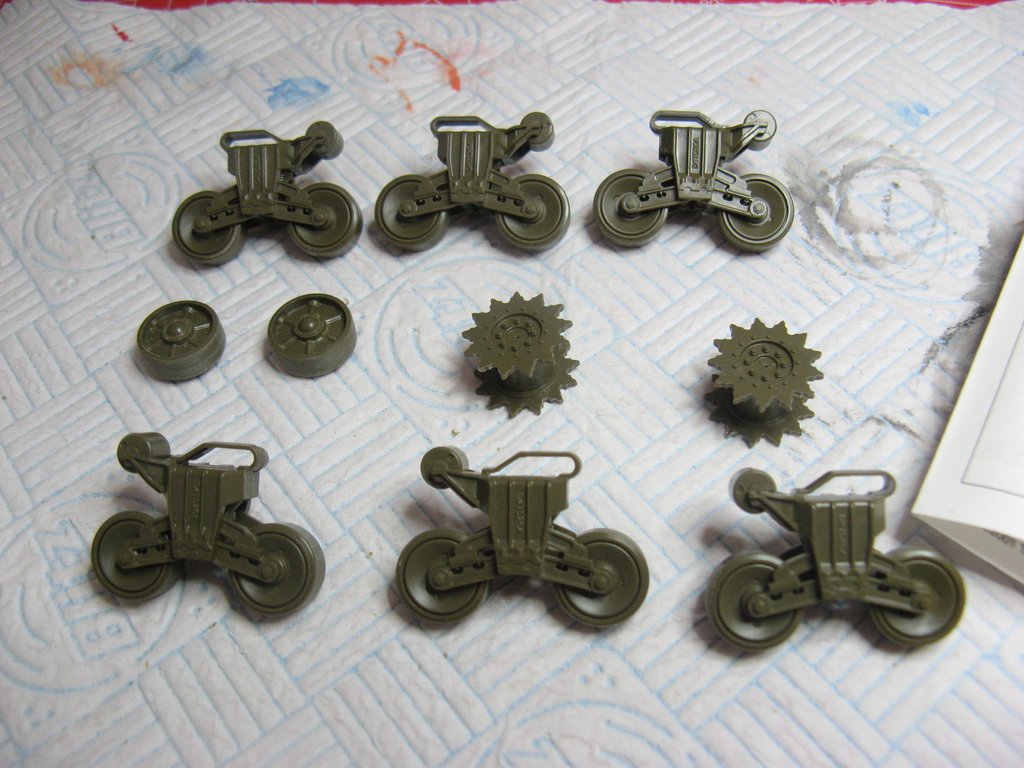
Annoyingly, one of the rear light guards flew into the either whilst coming off the sprue, so I'll have to scratch-build a new one.
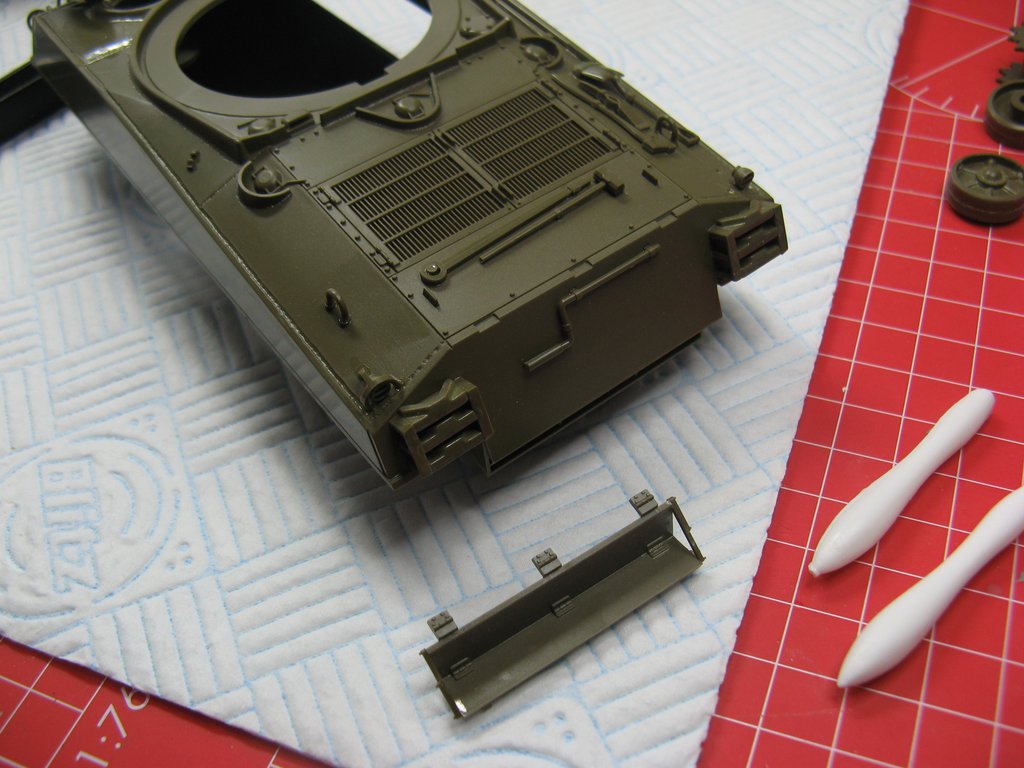
I'm hoping to make a start on the Turret this evening.
Wanted a simple project I could force through the low mojo barrier and actually get finished, so I started this last week. The intention is to build it OOB, with the minimum of work, just to get it over the finish line. That being said however, I'm pretty new to large scale armour modelling, and I've certainly never painted 'real world' figures before, so it's still got it's challenges. I'm also pretty poor at weathering - lots of interesting stuff to learn.

Here's where I am thus far - the bottom and upper hull parts assembled, along with all the running gear. Not sure if I should assemble them all together before paint, or paint the parts up first and then assemble. Answers on a post-card please. I know there's a lot of 'issues' with this kit (hatch detail, welds, big arse holes etc.), but I'm choosing to ignore them for this build.


Annoyingly, one of the rear light guards flew into the either whilst coming off the sprue, so I'll have to scratch-build a new one.

I'm hoping to make a start on the Turret this evening.
Last edited:


 with Jim being the referee....
with Jim being the referee....
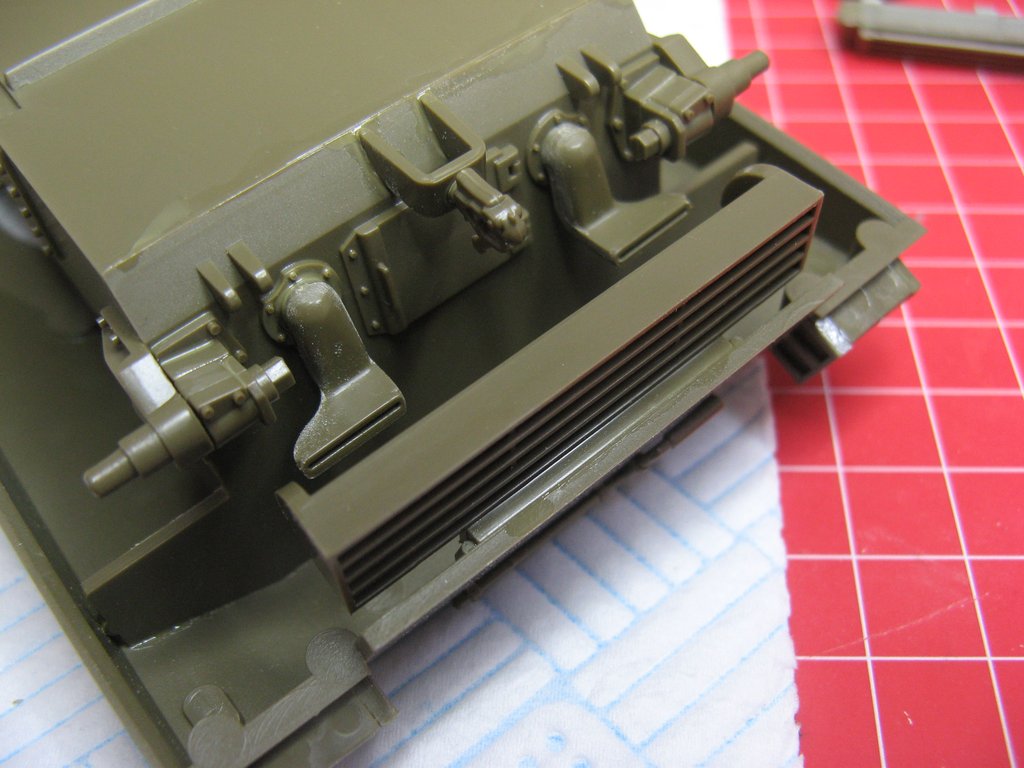
 Funny, I've mudded up some small 1/76 stuff, but that was just a case of dark earth paint, acrylic medium and a citadel wash. This larger scale stuff I can see needs a lot more care - but I'd like to get it right, so I'm looking forward to learning some new techniques and investing some in some new products.
Funny, I've mudded up some small 1/76 stuff, but that was just a case of dark earth paint, acrylic medium and a citadel wash. This larger scale stuff I can see needs a lot more care - but I'd like to get it right, so I'm looking forward to learning some new techniques and investing some in some new products.